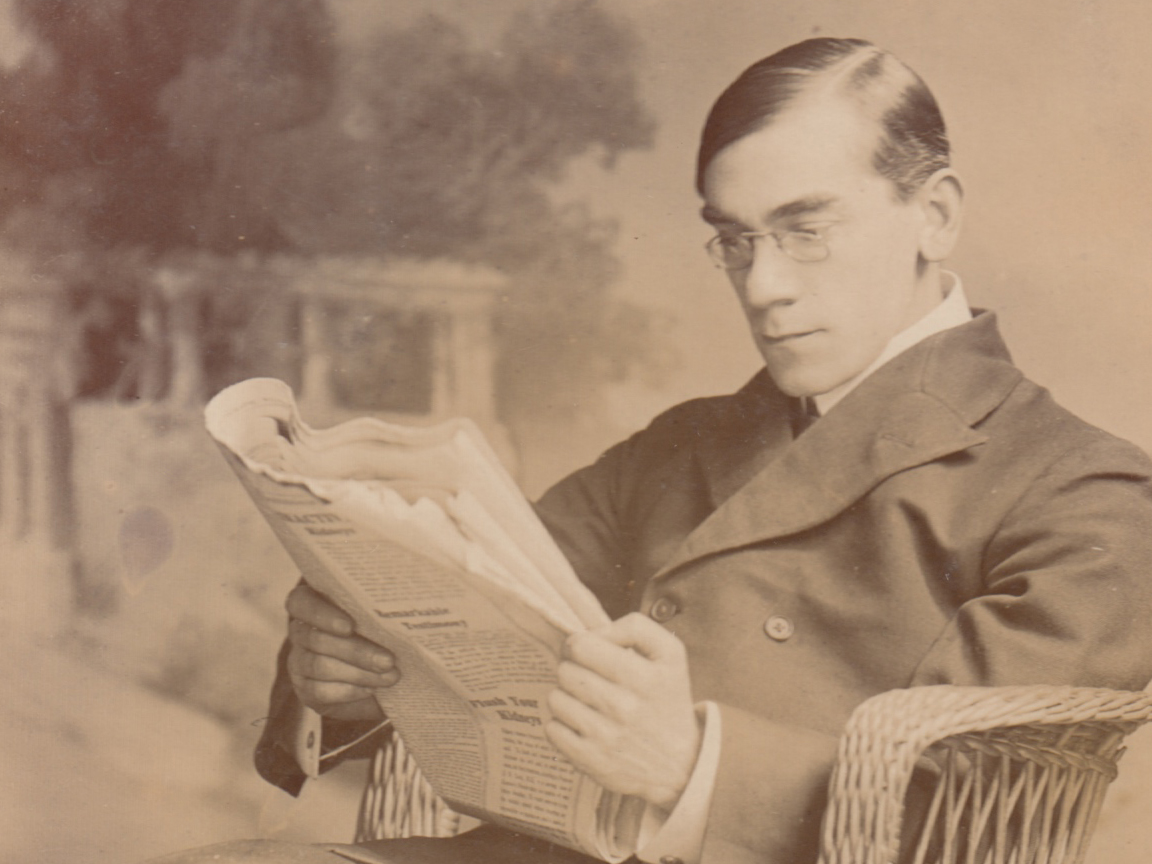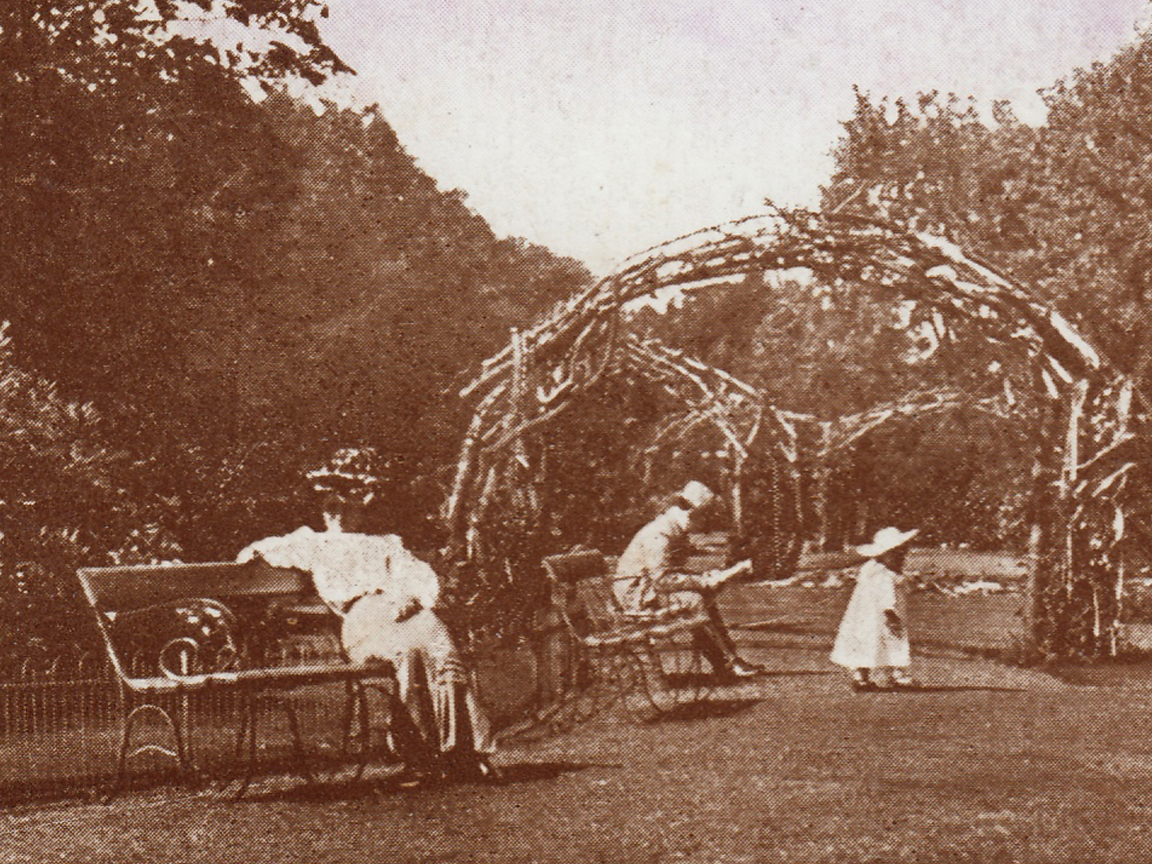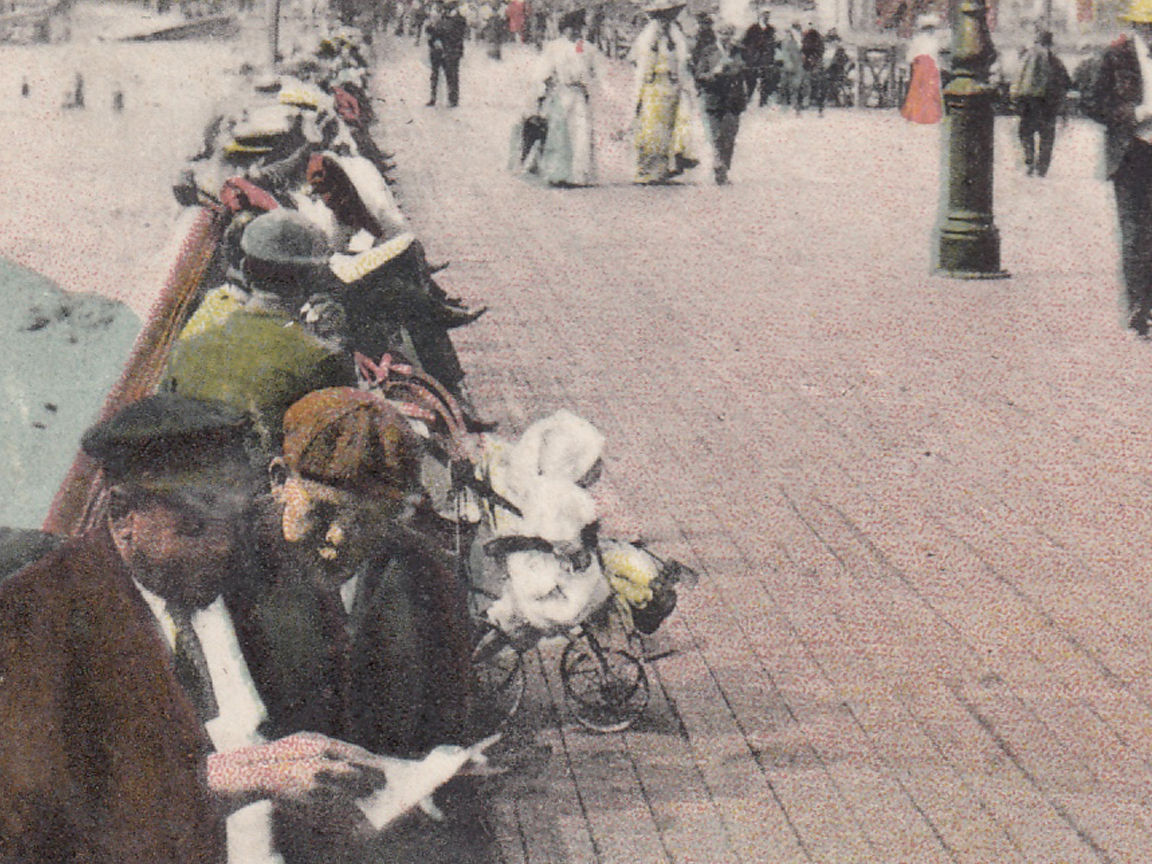


1855, History, Gazetteer, and Directory of Suffolk
Lowestoft chapter, page 559
Lowestoft is supposed to have been a fishing station as early as the time of the Romans; but the ancient town is said to have been washed away at an early period by the ocean; for there was to be seen, till the 25th of Henry VIII, the remains of a block-house, upon an insulated spot, left dry at low water, about four furlongs east of the present beach.
The origin of its name has given rise to various conjectures, one of which supposes it to have been derived from Lodbrog, the Danish Prince, who was murdered near the mouth of the Yare, as noticed at page 153. In a charter of Edward III, it is written Loystoft, and Lowystofte. Being an ancient desmesne of the Crown, it obtained from serveral monarchs various privileges, which were confirmed by Elizabeth and Charles I; but they are now obsolete, or of little use to the inhabitants, except their exemption from serviing on juries at th Assizes and Quarter Sessions.
The manor of Lowestoft formed part of the large posssessions of the Fiz Osberts, after the Norman conquest; and it passed from them by marriage to the Jernegans, or Jerninghams. It has ever since been dependent upons, and descended with the manor of Somerleyton, now belonging to S. M. Peto, Esq., who holds a court leet, &c., annually.
The soil and buildings belong to various proprietors, one of whom is Edward Leathes, Esq., of Normanston Court, a handsome mansion, more than a mile west of the town, with beautiful pleasure grounds, descending southward to the expansive waters of Lake Lothing, through which the river Waveney anciently passed to the sea, through the now small creek called Kirkley Ham, a little south of the present lock.
The town suffered severely from that dreadful pestilence, the plague, in 1349, 1547, 1579, 1585, and 1603. In the latter year, 316 of its inhabitants fell victims to the contagion.
It has, on several occasions, sustained heavy losses by conflagrations, the most destructive of which happened March 10th, 1645, when property in dwelling-houses, fish-houses, and goods to the value of £10,297 were consumed. Fires of smaller extent occurred in 1546, 1606, 1670, 1717, and 1780. In the first of these years, the Vicarage House, with many of the town records, was destroyed; and, after being rebuilt, it shared the same fate in 1606.
In the year of the threatened Spanish invasion, Lowestoft was compelled to raise upwards of £200 for the purpose of raising bulwarks, and fitting out a pinnace for the defence of the coast. During the civil wars, it distinguished itself by its attachmet to the cause of Charles I.; but the neighbouring town of Yarmouth took the side of Parliament, and the consequence was frequent contests between armed vessels fitted out by the two places, especially in 1643-4, when the Lowestoft men were generally the victors, and succeeded in capturing a great number of the Yarmouth vessels, under the command of Captain Allen, (afterwards the famous Admiral,). Oliver Cromwell was allowed to march into the town, in 1644, at the head of 1000 cavalry, and fix his head quarters at the Swan Inn.

Events, clubs and activities are updated here. Do you have an event or club you want posted? Let us know!